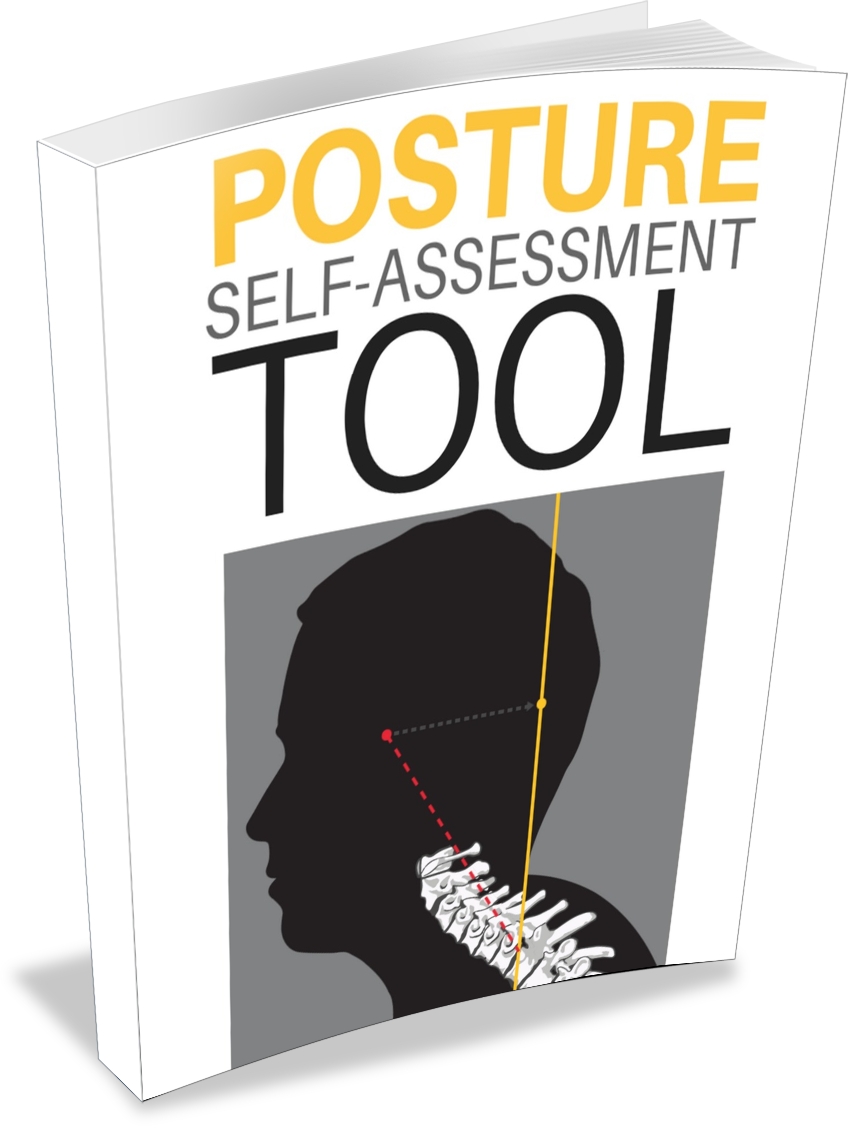Numbness and tingling in the arms or legs—often described as “pins and needles”—can be alarming, uncomfortable, and even debilitating if left untreated. These sensations are often signs of nerve irritation or compression, which can stem from various spinal or musculoskeletal issues. Fortunately, chiropractic care offers a non-invasive, drug-free approach that may provide lasting relief.
Whether you’re looking for a Newton chiropractor, a Boston chiropractor, or a Worcester chiropractor, understanding how chiropractic can address the root causes of numbness and tingling is an important first step toward healing.
What Causes Numbness and Tingling?
Common causes of numbness and tingling in the extremities include:
- Herniated or bulging discs
- Spinal misalignments (subluxations)
- Sciatica
- Cervical radiculopathy
- Thoracic outlet syndrome
- Peripheral nerve entrapment
- Each of these conditions can affect nerve flow, either by direct compression or by altering the biomechanics of the spine and surrounding structures.
How Chiropractic Care Helps:
Chiropractors specialize in restoring proper spinal alignment and nervous system function. When vertebrae are misaligned, they can compress or irritate nerves, leading to symptoms like numbness and tingling. Through precise spinal adjustments, chiropractors relieve this pressure, allowing the nerves to function more normally.
Key Benefits of Chiropractic for Nerve-Related Symptoms:
– Reduces nerve impingement
– Improves spinal mobility
– Enhances blood flow
– Promotes natural healing without medications
– Supporting Research
Research supports chiropractic care as an effective treatment for radiculopathy and related neurological symptoms:
A 2014 study published in the Journal of Manipulative and Physiological Therapeutics found that chiropractic spinal manipulative therapy improved pain and function in patients with chronic cervical radiculopathy—a common cause of arm tingling and numbness (Moustafa et al., 2014).
Another study in BMC Musculoskeletal Disorders (2016) reported that patients with lumbar disc herniation and sciatica showed significant improvement in pain and leg symptoms following chiropractic manipulation (Leemann et al., 2016).
The Spine Journal (2018) concluded that manual therapy was beneficial for patients with nerve-related symptoms in the upper limbs, highlighting its safety and efficacy as a conservative treatment option (Boyles et al., 2018).
Choosing a Chiropractor in Massachusetts
If you’re dealing with numbness or tingling and are looking for a chiropractor in Worcester, a chiropractor in Newton, or a chiropractor in Boston, seek one who:
- Specializes in spinal biomechanics and nerve conditions
- Uses detailed diagnostics (X-rays, orthopedic/neurological exams)
- Practices evidence-based techniques like the Gonstead Method, Diversified, or Cox Flexion-Distraction
- These professionals can develop a customized care plan that targets the underlying cause of your symptoms.
What to Expect at a Chiropractic Visit:
During your first visit, your chiropractor will perform a thorough consultation, postural assessment, and may take spinal X-rays to determine the source of nerve interference. Treatment plans often involve:
- Specific spinal adjustments
- Postural exercises
- Ergonomic and lifestyle advice
- Regular re-evaluations to track progress
- Many patients report noticeable improvements in numbness and tingling within a few visits, especially when care is consistent.
Final Thoughts
Numbness and tingling in the arms or legs shouldn’t be ignored. These symptoms are often the body’s way of signaling an underlying nerve or spinal issue. Chiropractic care provides a safe and natural path to relief by addressing the root cause, not just the symptoms.
If you’re looking for a skilled Newton chiropractor, Boston chiropractor, or Worcester chiropractor to help with nerve-related issues, consider scheduling a consultation today. Relief could be just an adjustment away.
References:
Moustafa, I. M., Diab, A. A., & Harrison, D. E. (2014). The clinical impact of forward head posture correction on pain, balance, and functional disability in chronic cervical radiculopathy. J Manipulative Physiol Ther.
Leemann, S., Peterson, C., Schmid, C., Anklin, B., & Humphreys, B. K. (2016). Outcomes of patients with lumbar disc herniation receiving chiropractic care: A prospective cohort study. BMC Musculoskeletal Disorders.
Boyles, R. E., Toy, P., Mellon, J., Hayes, M., & Hammer, T. (2018). Effectiveness of manual therapy in treating cervicobrachial pain. Spine Journal.


















